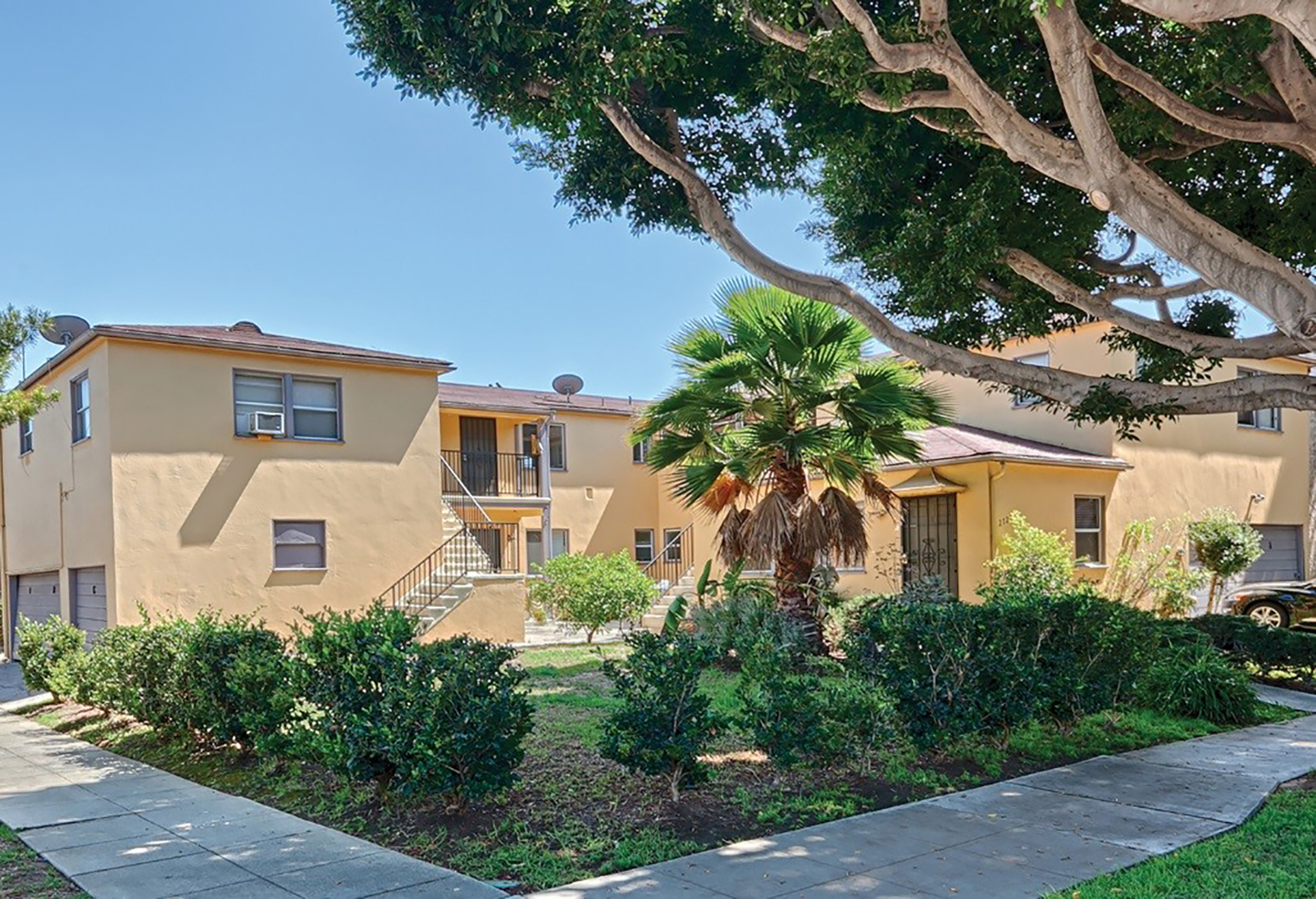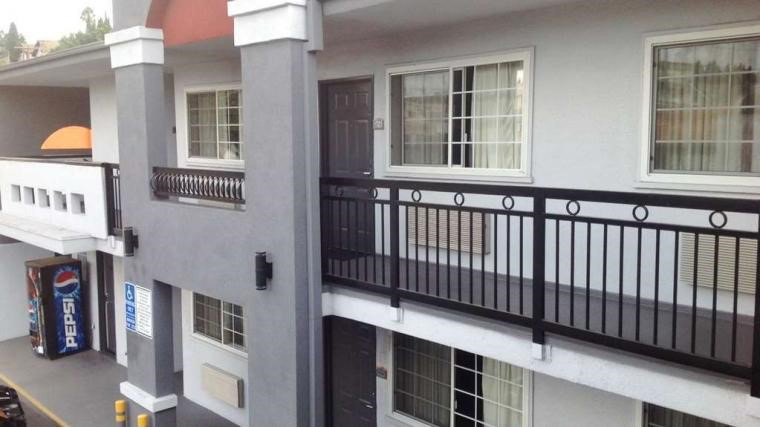Value-Add Apartment Investing in Rent Controlled Los Angeles Markets – “Overview of the Strategy”

For those people who are unfamiliar with value-add apartment investing in Los Angeles, the strategy is relatively simple: Buy a building with below market rents, bring the rents to “market”, renovate the units and common area, and address deferred maintenance needs. Let’s take a simple example.
Assume you buy a 5-unit apartment building, built in 1972, with 5 tenants that have been in the building since 1990 with monthly rent of $1,000 each. After doing an analysis of the market, you learn that the market rent for comparable units is $2,000. As an owner of this building, you would like the rents to be closer to market rent but you are unable to raise the rents to market rate because of rent control laws. Per LA County law, if the building was built on or before October 1, 1978, then the building is rent controlled (http://hcidla.lacity.org/RSO-Overview). (There are a number of markets in the LA area that do not have rent control such as Pasadena, Glendale, Inglewood, and Long Beach). Some investors buy and hold a building and bring units to market rent when tenants move out on their own while other investors are offering compensation in exchange for a tenant to move out. If a tenant agrees to move out in exchange for compensation, then the landlord can increase the rents to market rate for the next tenant. Often times, the landlord will do a renovation in order to achieve higher rents. The renovation could include granite countertops, laminate flooring, stainless steel appliances, in-unit washer and dryer, common area upgrades, and exterior cosmetic upgrades such as new paint.
The math for increasing value works as follows:
- Market rent increases from $1,000 to $2,000 per month. This is a $12,000 increase in income per year (assuming that expenses stay the same). If you assume a 4% cap rate, a $12,000 increase in annual income is a $300,000 increase in value ($12,000 divided by 4%). If you take the $300,000 increase in value and subtract out the cost of renovating and any financial incentives provided to the tenants, you have the net increase in value
While the strategy outlined above sounds like a relatively simple way of creating asset appreciation, the challenge is that the potential upside of a value-add strategy is often times already priced into the deal. For example, it is very common for West Los Angeles multifamily deals with rental upside to trade at a 2.5% going-in cap. If an owner is able to successfully increase rents on some or all of the units, some investors in today’s market achieve a 5.0% to 5.5% un-levered return on cost but often times it’s lower:
Unlevered Return on Cost = (Net Operating Income / (Purchase Price + all capital improvement costs))

For non-rent controlled LA markets, LMC has found that often times the going-in cap rates are also around the 2.5% range, but the achievable post-renovation un-levered return on cost is lower than rent controlled markets and can be between 4.0% to 5.0%.
For many investors, this potential upside justifies a low going-in cap rate. The investor may hold the investment for long-term appreciation and consistent cash flow or he/she may sell the property in the short-term at a premium with the higher rents in-place.
LMC has been doing extensive analysis of the value-add multifamily market in Los Angeles. LMC believes that there is still some opportunity to find value-add investment opportunities. However, in today’s market with pricing so high for value-add deals, there often times is not enough potential increase in value to justify the expensive acquisition price. LMC is analyzing deals on a daily basis and just a small percentage of the deals it sees have a potential risk-adjusted return that justifies the expensive pricing that is currently in the value-add multifamily deals in Los Angeles.
Relevant News
Construction begins on massive North Hollywood, CA mixed-use development
LMC is very bullish on the North Hollywood apartment market. Here is an article on a massive development project that will create another “center of gravity” east of the NoHo Arts District.
L.A. developers grapple with affordable-housing measure passed by a wide margin
While Los Angeles has a housing shortage, Measure JJJ may make it harder for developers to build. For an overview of the measure, see the following article.
Real Estate Kingpin Sam Zell: Commercial Real Estate Is Overpriced
What inning of the real estate cycle are we currently in? Legendary real estate investor Sam Zell thinks the market is overpriced and is holding cash.
